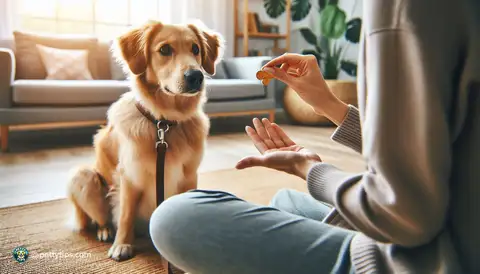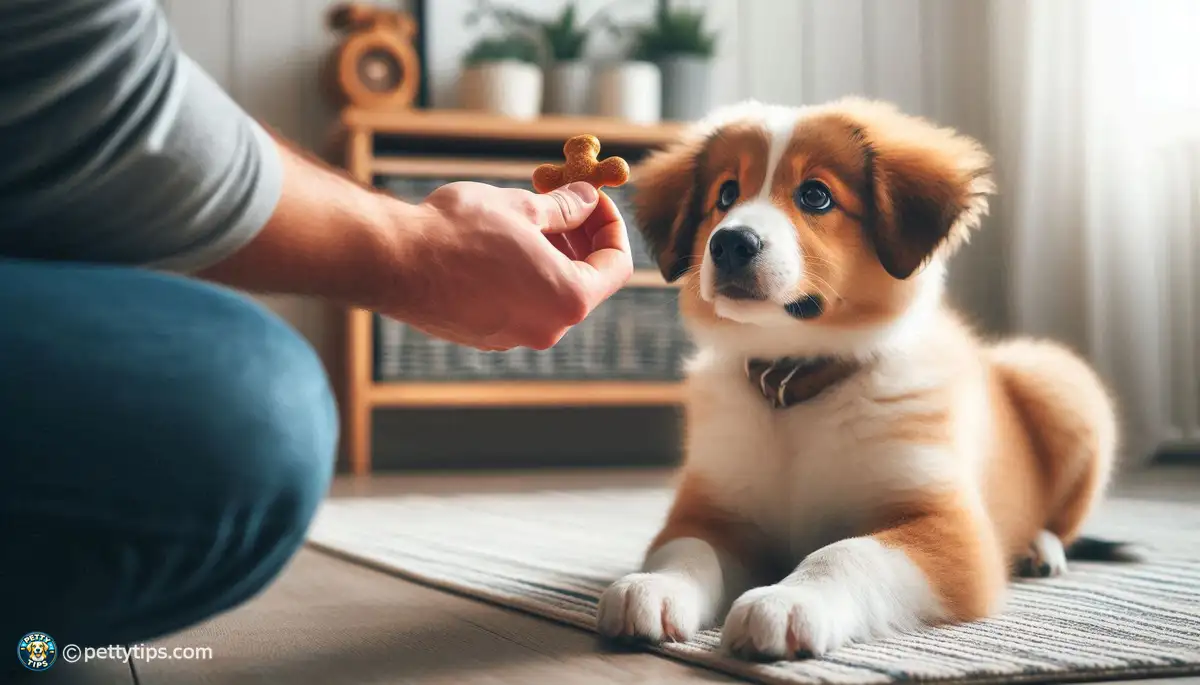
Training Techniques for Calming Anxiety in Therapy Pets
Samara Jeanbaptiste - Oct 24, 2024 - 8 min read


Understanding the root cause of destructive chewing behavior in dogs is crucial in addressing the issue effectively. Dogs chew for various reasons, including teething, boredom, anxiety, or simply out of curiosity. Teething puppies often chew to relieve discomfort, while adult dogs may chew due to separation anxiety or lack of mental stimulation.
Recognizing destructive chewing behavior is the first step towards addressing it. Signs include finding chewed-up items like furniture, shoes, or household items, as well as witnessing the dog in the act of chewing. It's essential to differentiate between teething and destructive chewing to implement appropriate training methods.
Using positive reinforcement techniques involves rewarding desired behavior, such as chewing on appropriate toys, with treats or praise. Negative reinforcement, on the other hand, focuses on discouraging unwanted behavior through correction or deterrents. Understanding the principles of both methods can help in choosing the most effective approach for stopping destructive chewing.
Consistency is key when training dogs to stop destructive chewing. Establishing clear boundaries and consistently enforcing them helps the dog understand what is expected of them. Inconsistency in training can confuse the dog and hinder progress. Consistent reinforcement of desired behavior is essential for long-term success.
One effective way to redirect destructive chewing behavior is by providing dogs with appropriate chew toys. Choose toys that are durable, safe, and specifically designed for chewing. Introduce the toys to the dog and encourage them to chew on these items instead of household objects. Rotate the toys regularly to keep the dog engaged and prevent boredom.
Supervising your dog and managing their environment can help prevent destructive chewing incidents. Keep valuable or hazardous items out of reach, especially when the dog is unsupervised. Use baby gates or crate training to limit access to certain areas of the house until the dog learns appropriate chewing behavior. Close doors or use pet-proofing devices to restrict access to off-limits areas.
Many dogs engage in destructive chewing out of boredom or excess energy. Incorporating regular mental and physical exercise into their routine can help alleviate this behavior. Provide opportunities for play, walks, and interactive games to stimulate their minds and tire them out. A tired dog is less likely to resort to destructive chewing as a form of entertainment.
Taste deterrents can be effective in discouraging dogs from chewing on inappropriate items. These products are designed to have a bitter taste that dogs find unpleasant, deterring them from chewing further. Apply taste deterrents to household items or surfaces that the dog is prone to chewing on. Consistency is crucial when using taste deterrents, as the dog needs to associate the unpleasant taste with the act of chewing.
If despite your best efforts, your dog continues to engage in destructive chewing behavior, it may be time to seek professional help. A certified dog trainer or behaviorist can assess the situation and provide personalized guidance and training techniques. They can identify underlying issues contributing to the behavior and tailor a training plan to address them effectively.
Professional trainers and behaviorists employ various behavior modification techniques to address destructive chewing in dogs. These may include desensitization and counterconditioning to change the dog's emotional response to triggers, as well as structured training exercises to reinforce appropriate chewing behavior. Working with a professional allows for a comprehensive approach tailored to the specific needs of the dog and their owner.
In some cases, destructive chewing may be a symptom of underlying issues such as anxiety or compulsive behavior. A professional can help identify and address these underlying issues through behavior modification techniques, environmental changes, and, if necessary, medication. By treating the root cause of the behavior, long-term solutions can be implemented to prevent future chewing incidents.
Addressing destructive chewing behavior in dogs requires patience and persistence. Training takes time, and setbacks may occur along the way. It's essential to remain consistent in your approach and to celebrate small victories. With dedication and the right training methods, most dogs can learn to curb their destructive chewing behavior and become well-behaved members of the family.